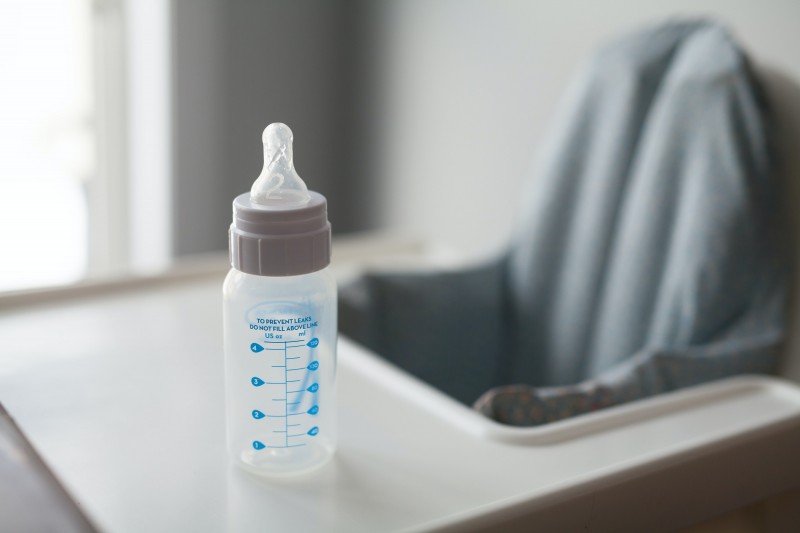On September 14, 2021, the State Administration of Market Supervision issued the 2021 draft of the Detailed Rules for the Examination of Infant Formula Milk Powder Production License (Hereinafter referred to as The Draft). The 2021 draft has seven chapters and 42 articles, including production sites, equipment and facilities, equipment layout and technology, personnel management, management system, etc. The overall structure is more reasonable and the content is more rigorous. The draft, combined with the current General Principles for the Examination of Food Production Licenses and the requirements for formula registration, requires the implementation of the whole process management from raw and auxiliary materials to products. Foodmate compares and analyzes the 2021 version of the exposure draft with the 2013 version, and shares it in two phases. The main contents of the first phase are as follows:

1. Product definition, consistent with national food safety standards
The Draft amended the definition of infant formula milk powder, emphasizing the source of protein, and retained the requirements for the animal source of milk on the basis of referring to the requirements of the milk-based formula milk powder standard (GB 10765-2021, GB 10766-2021, and GB 10767-2021).
2. Milk source control, further strengthen control
The raw milk used should all come from a self-built milk source wholly-owned or controlled by the company, or a self-controlled milk source that has signed a raw milk supply contract with the company. "Self-control" refers to the ability of the company to assign personnel to supervise, regularly review the breeding conditions, and ensure that the quality of raw milk is safe and controllable.

3. The use of base powder, modify the definition and further regulate the use
The Draft revised the definition of base powder and define it as "composite ingredients", and adjust the "semi-finished product of infant milk powder produced by the wet process to a "processed compound ingredient". In other words, the production process of the base powder is no longer limited to the wet process.
The Draft emphasizes the prohibition on the production or use of base powder that meets the product standards of infant formula milk powder. This will avoid the phenomenon of bulk powder packaging.
4. Risk control, increase preventive measures
The Draft clarifies that the inspection laboratory in the plant should be separated from the production area. The clean operation area in all production processes should be kept dry, and the requirements to install automatic closing or air curtains at the entrance and exit of the cleaning operation area and quasi-cleaning operations have been added.
The Draft clarifies that the production materials include food raw materials, food additives and packaging materials, and external packaging can be cleaned as necessary before entering the storage area.

5. Detailed requirements for equipment and facilities
For dry production without pre-mixing equipment, the company should have a mixing uniformity verification report to regularly verify the product mixing uniformity. In fact, when the company registers the product formula, it has already been involved in the verification of product uniformity. The company needs to focus on the "regular" verification requirements. Emphasize the prohibition of tools and instruments made of materials containing phthalate esters.
The Draft refines requirements to prevent cross-contamination. For example, it is required that the doors of the locker room corresponding to different clean areas should be able to prevent being opened at the same time.